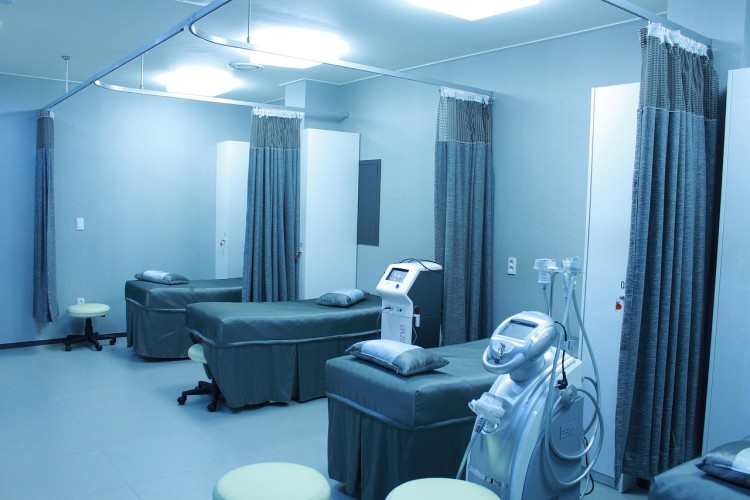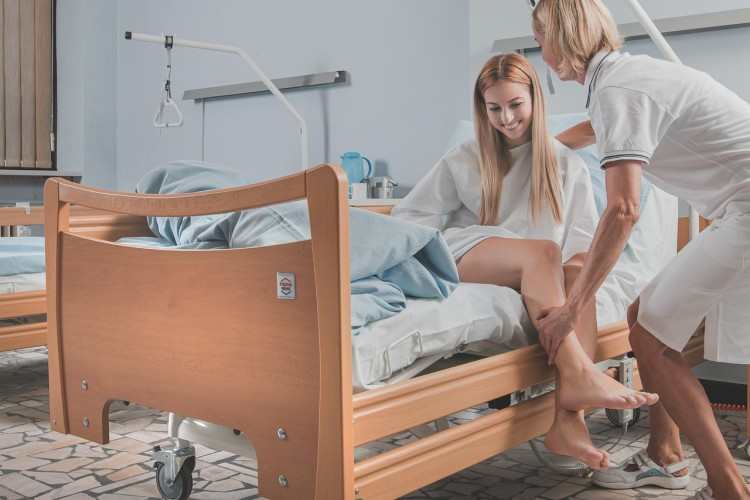
If you've already started experiencing issues from sitting too much, what can be actively done to mitigate the harms? Three activities are suggested here.
Category 1: Add more active stretches
People with desk-bound lifestyles commonly suffer a triad of neck, lower back or hip pain —forerunner syndromes to cervical spondylosis and slipped disk. This happens because when the muscles, joints and spine are held in fixed postures for long durations those that stabilize begin to grow tense all the time. Basic stretching reduces muscle tightness, helps relieve hypertonicity and prevents compensatory injury.
Either at workplace stretches can be done, or using tools like a fascia ball and foam roller for massaging these muscle groups which are crucial to seated postures:
- Shoulder
- Upper & Lower Back
- Glute
- Rear Thigh
Definitions:
- Fascia and Its Components: Glide, Elasticity
- Muscles: Stretching, Resisting
- Joints: Mobility and flexibility
- Tools: Fascia balls, Foam rollers, Resistance bands, Yoga mats
- Bodyweight Movements:
- Neck extensions
- Overhead reaches
- Lateral bends
- Twist stretches
- Posterior stretch
- Hip flexor stretches
Category 2: Target Smaller Muscles
To prevent sedentary damage in your one-square-meter workspace, perform exercises for small muscle groups like heel raises (raise your heels while keeping your forefeet on the floor).
An experiment gathered 10 inactive individuals—5 males, 5 females—who sat for an average of 10.7 hours daily and performed soleus raises (heel lifts). The findings revealed:
- Cumulative 270 minutes of raise doubled the energy expenditure.
- Systemic metabolism significantly increased with local muscle training.
Category 3: Increase Cardiorespiratory Fitness
According to WHO Guidelines on activity & sedentary behaviour, sitting for prolonged periods must be countered with more intense exercise. Quick high-intensity interval training (HIIT) like jumping jacks or high knees—done on the spot to rapidly increase heart rates—are best suited.
How it works: HIIT induces mitochondrial genesis and vascular adaptation, opposing metabolic inflexibility of sedentary behaviour.
Office protocol:
- Do maximum effort for 30 seconds (e.g., jumping jacks), then rest 1 minute.
- Perform 5–8 reps to induce metabolic “afterburn” effect.
In summation, turn static workspaces into zones of metabolic reactivation via micro-movements using passive recovery (stretching) and active energy expenditure (muscle activation, HIIT). No need for a gym membership.
LATEST POSTS
 What’s the Best Average Weekly Sleep Duration?
What’s the Best Average Weekly Sleep Duration? The three dimensions of health: complete physical, mental, and social well-being
The three dimensions of health: complete physical, mental, and social well-being Purpose Decides Your Results: Selecting the Appropriate Exercise
Purpose Decides Your Results: Selecting the Appropriate Exercise Gentle Skin Cleansing: Avoid Too Much Friction
Gentle Skin Cleansing: Avoid Too Much Friction Vitamin deficiency determines whether the body synthesizes survival or longevity proteins
Vitamin deficiency determines whether the body synthesizes survival or longevity proteins Postural problems affect the organs and when is the best time for postural management?
Postural problems affect the organs and when is the best time for postural management? How Sedentary People Can Avoid Long Sitting
How Sedentary People Can Avoid Long Sitting Three Types of Cold and Flu Medicines to Keep at Home
Three Types of Cold and Flu Medicines to Keep at Home How much impact can small actions have? Health is all about action, so take action now!
How much impact can small actions have? Health is all about action, so take action now!













